The 50 players on these two World Series rosters will be tested over the next seven games, they will be examined in minute detail, and the things they do will influence everything we remember about them for the rest of their careers and beyond.
But this is where they stand today: Here is your guide to all 50 players we anticipate will be on the Houston Astros and Washington Nationals in the 2019 World Series, organized by how prominently each should figure into his team's hopes and plans.
1. Max Scherzer, SP, Nationals
In his five years with the Nationals, Scherzer has thrown the most innings in baseball, has the second-best ERA by any starter, has the third-best FIP of any starter and has the most WAR (FanGraphs or Baseball Reference model) of any starter. The first half of his 30s -- ages 30 to 34 -- rank sixth in the history of the game by B-Ref's WAR. He just turned 35, but he's arguably as good as he has ever been: His league-leading FIP this season was a career best, his strikeout rate -- which has climbed six years in a row -- was a career high, and the 43rd pitch he threw in the NL wild-card game was his fastest fastball since 2015.
2. Alex Bregman, 3B, Astros
One downside to extreme patience -- and Bregman, with the lowest chase rate in the majors this year, has that -- is that taking a lot of pitches can put the batter behind in a lot of counts. That's no matter to Bregman: He hit .304/.393/.611 after falling behind 0-1 in the count, the 16th-best post-0-1 OPS this century (and he had the 19th-best post-0-2 OPS), which is part of why he's one of the two-to-four best players in the majors right now.
3. Gerrit Cole, SP, Astros
In the three months since the All-Star break, the very worst back-to-back starts Cole threw were probably Aug. 28 and Sept. 2, when he did this: 12 2/3 innings, 28 strikeouts, three walks and a 3.55 ERA, with both starts coming against playoff teams and both ending in Astros victories. In fact, the nine playoff teams faced Cole 11 times this year, and they hit .150/.218/.288 with 109 strikeouts in 75 innings, good for a 1.67 ERA for Cole and a 10-1 record for the Astros.
4. Justin Verlander, SP, Astros
In his entire career as a Tiger -- a career that might have been good enough to get him into the Hall of Fame, a career that included four seasons leading the league in strikeouts -- Verlander had seven starts in which he got more than 20 swinging strikes. As an Astro just this season, he had 10 such starts, plus one more in ALCS Game 5. His strikeout rate in the second half was the third-highest in major league history.
5. Anthony Rendon, 3B, Nationals
The slick-fielding, power-hitting, strikeout-avoiding, universal-respect-garnering Rendon, according to Baseball-Reference, has five nicknames, but four are just variants of his name said in a hurry, while the fifth is nearly perfect: Tony Two Bags. That tag would be all the way perfect -- he has led the NL in doubles the past two seasons, with aesthetically perfect totals of 44 each year -- except he has to share it with the unworthy Mitch "Mitchy Two Bags" Moreland, who neither possesses the correctly alliterative first name nor boasts the dominant, well-rounded game that allows Rendon's doubles proficiency to be emphasized as a stylistic flourish rather than as a backhanded compliment.
6. Stephen Strasburg, SP, Nationals
Strasburg, once the most famous pitching prospect in history, has been in Scherzer's shadow for the past five years, but this is the second season in the past three in which he has so dominated the second half and the postseason that we start to wonder whether this is it, when he emerges as the best pitcher in baseball. In this moment, rooting for Strasburg is almost a historical imperative: He's still a slight underdog to make the Hall of Fame, and this incredible thing he has been doing in the postseason -- a 1.10 ERA, 57 K's and five walks in 41 career innings -- is both pushing those chances upward and giving us that very rare gift -- a baseball thing we'll be able to tell our grandchildren about decades from now.
7. George Springer, CF, Astros
This was a pretty good year for Springer: He added sprint speed (according to Statcast), had his best year on defense, conquered right-handed pitching for the first time, set career highs in homers and slugging (along with half the league, to be fair), and might have snuck atop some MVP ballots had he not missed most of June. I don't know if his greatness is in danger of getting lost among all the other great Astros' greatness, but he's 23rd all time in championship win probability added (cWPA), directly behind Reggie Jackson and David Ortiz.
8. Juan Soto, LF, Nationals
No hitter in baseball combines discipline on pitches outside the strike zone with assertiveness on pitches inside the strike zone like Soto, whose first two seasons are so uncharacteristic of his age that finding a suitable 20-year-old comp requires going back to ... I don't know, Bob Dylan or Mary Shelley or Ted Williams. While anybody can flip a bat after a home run or pump a fist after striking out the side, Soto alone celebrates incremental gains in count leverage, following every taken ball with what has become known as The Soto Shuffle.
9. Jose Altuve, 2B, Astros
Two years can change a player -- especially second basemen, who traditionally age early, quickly and miserably -- and across the 2019 season, Altuve was roughly half the player he was in 2017, when he led the league in stolen bases (this year he had six) and challenged .350 (this year he challenged .300 and lost) and won the MVP award. But Altuve's second half this season (.325/.373/.622) was MVP-worthy, and he leads all hitters in total bases this postseason -- more than the next two Astros combined -- so what sort of pessimist would be here complaining about fewer stolen bases?
10. Carlos Correa, SS, Astros
Correa is 10th among all active players in WAR per game, but three injury-shortened seasons have kept him from finishing an unmistakable MVP-level season. He's the strongest shortstop in the game, with a Tulowitzki-esque arm and a home run rate that led all major league shortstops this year and that only Alex Rodriguez (four times), Ernie Banks (three times) and Trevor Story (once) ever topped.
11. Patrick Corbin, SP, Nationals
It isn't just that Corbin is the only third starter in baseball who is better than the Astros' third starter, Zack Greinke. It's also that he's better than probably 26 teams' No. 2 starters and at least 20 -- maybe as many as 25 -- teams' aces. Among starters, his slider gets the highest whiff rate, though it's a little misleading to call it "a" pitch: Corbin can shape it different ways, and in just the postseason, he has thrown it as hard as 86 mph and as slowly as 78, which helps him get away with throwing it almost half the time without batters ever getting comfortable with it.
12. Zack Greinke, SP, Astros
This version of Greinke doesn't throw very hard and doesn't get many strikeouts, but he does two things very well: He avoids homers (ninth-best HR/9 in baseball), and he avoids walks (third-best BB/9). When he's ahead in counts, he ranks 52nd out of 61 qualifying pitchers in strike rate, as he cautiously works around the edges to prevent any unnecessary hittable pitches. When he's behind in counts, he ranks first in strike rate to avoid free passes.
13. Michael Brantley, LF, Astros
Players older than 30 collectively had their worst year in a half-century, but the 32-year-old Brantley was one exception, producing his best season since 2014. He's an extreme contact hitter -- only David Fletcher whiffed less on pitches in the zone -- and he usually pulls the ball, but this year he did uncharacteristic damage when he didn't, batting better than .400 and slugging almost .600 when he hit to the opposite field.
14. Yordan Alvarez, DH, Astros
Three weeks ago, Alvarez would have been higher on this list, but the worst-timed slump -- he's 225th out of 226 postseason participants this year in championship win probability added -- has knocked him from fifth to seventh in the Astros' lineup and from wherever he would have been on this list to right here. In the regular season, he was the second-best rookie hitter in history, behind only Shoeless Joe Jackson, so this slump (at least one strikeout in every game played, huge spikes in chase and whiff percentages) is truly shocking, though it's slightly less so once we realize that Alvarez's quality of pitchers faced in the regular season was fourth-lowest in baseball.
15. Trea Turner, SS, Nationals
Turner is the fastest player in these playoffs -- and the second-fastest in the majors this year, by Statcast's sprint speed -- but he has become fairly conservative with his speed, attempting fewer stolen bases, fewer "extra" bases as a baserunner and only one bunt this season. That isn't to say his speed isn't a big advantage: He had the majors' third-highest batting average and second-highest slugging percentage on ground balls this year, which made him a better hitter by OPS+ than 36 players who outhomered him.
16. Victor Robles, CF, Nationals
Robles is like his teammate Trea Turner, except not quite as fast, not quite as strong, not quite as disciplined on pitches out of the zone, not quite as good at making contact and not quite as efficient on the bases. Yet he might actually be the better player, thanks to one signature skill: running down hard-to-run-down fly balls. Robles led the league in outs above average, a Statcast-derived defensive metric for outfielders, and he should win a Gold Glove this year, an accomplishment all the more impressive for how many goofs the rookie made during a choppy, anomalous April.
17. Roberto Osuna, RH RP, Astros
Osuna, at 24 years old, has already been around forever -- he's eighth among all active pitchers in both saves and postseason relief appearances -- and, like all veteran pitchers, he keeps tinkering, relying more often on a power changeup this year and reaching a new career high for fastball velocity. The Astros used him conservatively in the regular season -- he entered the eighth inning for a save only once (and blew it) -- but that was probably to protect him for this month. He has already seen three eighth innings this October, and he threw as many as three innings in a game last postseason.
18. Robinson Chirinos, C, Astros
Chirinos is a below-average thrower and a below-average framer, but the Astros threw the fewest wild pitches in the American League this year, and Chirinos -- who rates as the second-best blocker in the game, according to Baseball Prospectus' advanced measures -- was a big reason for that. He has 13 career WAR, and they've all come since he turned 30. For a catcher who is only four months younger than Brian McCann, Chirinos looks shockingly fresh.
19. Will Harris, RH RP, Astros
The Astros got Will Harris on waivers just after he turned 30, and since then, he has the third-best ERA in the majors. He's a two-pitch pitcher -- cutter and curve -- who doesn't have the mean scowl of a closer or the snapping velocity of a closer, but he has most likely been better over the past half-decade than your favorite team's closer(s).
20. Howie Kendrick, 1B, Nationals
Kendrick is obviously not Christian Yelich, but like Yelich, he was a ground ball hitter, an other-way hitter and a singles hitter who unlocked something in his swing relatively deep into his career, improved his contact across the board and began to mash like an MVP. Kendrick hasn't hit quite as well or for as long as Yelich, but his .344/.395/.572 line this year included the 12th-best OPS in the majors, and for the third year in a row, he set a career-best line against right-handed pitching. That's an incredible late-career bloom for a player who, two years ago, was nothing but a pinch hitter on the Nationals' postseason roster.
21. Yuli Gurriel, 1B, Astros
Among those few hitters who manage to carry a reverse split deep into a career, Gurriel is one of the most extreme cases: Of the 150 right-handed batters with the most playing time the past four years, Gurriel is the 36th-best at hitting righties and just the 91st-best at hitting lefties. He's a dead-pull hitter who manages to pull even more balls at home, where the short left field helped him slug .615 in Houston this year.
22. Ryan Pressly, RH RP, Astros
Pressly missed most of September and hasn't really regained his spot in the Astros' pecking order -- he still hasn't pitched a full inning this postseason and has been most recently called into games in the third, the fifth and the 11th -- but he's still one of the 10 or 20 best relievers in baseball. He throws twice as many breaking balls as fastballs, even in three-ball counts.
23. Sean Doolittle, LH RP, Nationals
Doolittle's apparent simplicity is part of what makes him such a joy to watch: Like the Dodgers' more famous relief ace, Kenley Jansen, Doolittle mostly throws one pitch (a "rising" fastball, in Doolittle's case), he mostly throws it for strikes (the fourth-highest strike rate in baseball this year), and over an eight-year career, hitters haven't figured out how to square him up. His season stats this season were torpedoed by two bad weeks in August -- following heavy usage in July and preceding a stint on the DL -- but his seven effective weeks since include both very encouraging signs (opponents hitting just .132/.164/.264 against him) and worrisome ones (an uncharacteristically low strikeout rate and fewer swinging strikes in October).
24. Anibal Sanchez, SP, Nationals
Sanchez intentionally walked 10 batters this year -- the most by a pitcher since 2010 -- which tells you something about him at this point in his career: He's an evader, a pitcher who is content to fall behind in the count or even put a man on to avoid throwing a juiced baseball through the swing plane of a good major league hitter. Sanchez's zone rate overall has been dropping -- from 52% in 2017 to 46% this year -- but in exchange, he has induced the league's fourth-lowest average exit velocity and 11th-lowest batting average on balls in play the past two years.
25. Adam Eaton, RF, Nationals
Eaton was injured for most of his first two seasons in Washington, and like Rip Van Winkle, he returned to a very different world: His .792 OPS and 15 homers are far less impressive in this run-scoring environment than they were when he put up nearly identical numbers for the White Sox in 2015 and 2016. He might be the best two-strike fouler in the game, though.
26. Daniel Hudson, RH RP, Nationals
Three years ago, after the long climb back from Tommy John surgery, Daniel Hudson had a 1.55 ERA in mid-June for Arizona, and he was on the cusp of taking over as the Diamondbacks' closer and/or on the cusp of being traded to a playoff contender when disaster hit: Hudson had one of the worst months in major league history, allowing 28 runs in eight innings, and just like that, it was two steps forward and about 15 steps back. As such, it's extremely satisfying to see him now, in 2019, as the co-closer on a World Series team -- and not just its closer but its savior, as this bullpen was one of the worst bullpens in history before Hudson arrived at the trade deadline and began to settle it down.
27. Joe Smith, RH RP, Astros
Smith is a side-arming veteran who mows down right-handers and avoids barrels, having allowed as many home runs in his 13-year career as Justin Verlander has allowed in one-and-a-half seasons as an Astro. Smith threw only one-third of an inning for Houston last October, and this regular season, he was at best sixth in Houston's bullpen order, but he has climbed into high-leverage late innings with a strong postseason.
28. Brian Dozier, 2B, Nationals
Two years ago, Dozier was an MVP candidate, and now he has started exactly one of Washington's 10 playoff games, but that isn't to deny that he still has his merits, such as the ability to punish left-handers (against whom he hit .280/.375/.525 this year) or score himself with one swing (only 10 second basemen homered more frequently than he did this season). He had a strange reinvention in the second half as an ultra-disciplined contact hitter, walking nearly as often (28 times) as he struck out (31) but shedding exit velocity and homering once in his final 20 games.
29. Josh James, RH RP, Astros
October hasn't been quite the showcase I'd hoped it might be for James, whose changeup was the second-most whiff-inducing in the majors and whose slider was fourth. He's just too wild to really count on -- four walks in five postseason innings, with more than a third of his pitches coming from behind in the count -- even if he is capable of coming in and punching out Edwin Encarnacion, Giancarlo Stanton and Gary Sanchez in a perfect outing, as he did in the first game of the ALCS.
30. Tanner Rainey, RH RP, Nationals
Rainey's most recent four outings -- 3 2/3 innings across the LDS and LCS -- mark only the third time all season that he has gone that long without issuing a walk, excellent timing for a bullpen that was in desperate need of a third good reliever to get to Hudson and Doolittle. Rainey is a strikeout monster who tops 100 with his fastball, has the league's whiffiest slider, walks almost a batter per inning, gets crushed when he's behind in the count and might be the most important unknown -- one way or the other -- in this World Series.
31. Jose Urquidy, Swingman, Astros
As a starter at three levels this year -- including 41 late-season innings with the Astros -- Urquidy struck out 11 batters per nine innings and six batters for every walk, but the world rarely trusts short right-handers with average-or-worse velocity. The Astros trust him enough to make him the long man in their postseason bullpen games but, thus far, not enough to let him start one.
32. Ryan Zimmerman, 1B, Nationals
It's easy to write off Zimmerman as old and busted, based on his sub-replacement 2019 season, but if you expand your view -- for instance, he has hit .284/.345/.520 the past three years -- or zoom in to the strong September that followed his injury-marred summer, you can see plenty of reasons besides nostalgia (Natstalgia?) for Davey Martinez to have given him so much playing time this October. Zimmerman is still in the 90th percentile for exit velocity, and he has become such a pull hitter that it'll be interesting to see whether he and the Crawford Boxes get romantic.
33. Aledmys Diaz, UT, Astros
The Astros traded for Diaz to replace super-utility guy Marwin Gonzalez last winter, and besides starting games at all four infield positions and in the outfield, Diaz took a big leap forward with his plate discipline this season. He doubled his walk rate while cutting his strikeout rate, but he remains crowded out of the Astros' lineup and has been limited to seven pinch-hitting appearances in this postseason.
34. Yan Gomes, C, Nationals
Gomes hit .261/.400/.478 against left-handed pitching this year, which is a real bummer since Houston might not give a single inning to a left-handed pitcher in this series. Gomes hit well in the second half, he has World Series experience, he's a solid if unspectacular defender, and for what it's worth, Washington's pitchers were a little bit better with him behind the plate this year.
35. Kurt Suzuki, C, Nationals
Suzuki hit .343/.375/.582 against left-handed pitching this year, which is a real bummer since Houston might not give a single inning to a left-handed pitcher in this series. Suzuki is a below-average framer, a below-average thrower and a below-average blocker, so Washington will have to decide whether his above-average bat still plays in this series or whether a 1-for-20 October is enough to tilt the bulk of playing time to Gomes.
36. Josh Reddick, RF, Astros
The Astros are the most conservative baserunning team in baseball -- they took the "extra" base on hits only 33% of the time, easily the lowest in MLB -- and Reddick might best illustrate it: He took the extra base 53% of the time in his final season before joining Houston and has since dropped to 44%, then 36%, then 22% this year. That's lower than Albert Pujols' rate, despite Reddick's still having average speed. The king of drawing catcher's interference, Reddick has already clipped the catcher's mitt once this postseason.
37. Jake Marisnick, CF, Astros
The one area in which Houston is weaker this year than in 2017 is at the bottom of the order, in part because Marisnick's career year in 2017 evaporated immediately. He's still a fantastic defender -- he ranked 11th in baseball in Statcast's outs above average, despite playing only about half the time -- and the fastest player on this Astros' roster, so it isn't hard to squint and see him getting a chance to play the hero as a defensive replacement or pinch runner.
38. Kyle Tucker, OF, Astros
In the second game of the ALDS -- which Tucker started in right field -- the lefty swung and missed at a fastball that passed across the logo on the bill of his helmet -- amazingly high. That was a sign of what was to come for the Astros' top hitting prospect, who will surely star in a future postseason or two but has whiffed on half his swings in this one.
39. Martin Maldonado, C, Astros
Gerrit Cole's personal catcher, Maldonado caught 10 of Cole's starts after joining Houston and only one by Justin Verlander or Zack Greinke. After he joined the Astros, he hit .286/.412/.762 at home, with five of his six homers into the Crawford Boxes in left field; he hit .119/.213/.167 everywhere else.
40. Michael A. Taylor, CF, Nationals
Thanks to Victor Robles' injury in the NLDS, Taylor has played more complete games this postseason (five) than he played in the regular season from mid-May onward (four). He played really well in those five games -- homered, hit .300, made the diving catch to end the NLDS -- but is now back to the bench, where he offers good speed, excellent defense as a late-inning replacement and a flimsy bat that can't handle right-handers or left-handers.
41. Asdrubal Cabrera, UT, Nationals
Among players traded at the deadline this year, only Nicholas Castellanos outhit Cabrera, who was released by Texas just after the deadline, signed for the pro-rated minimum salary with Washington and hit .323/.404/.565 down the stretch as the Nationals' part-time second baseman. He has faced Justin Verlander more than any other pitcher in his career and has hit .276/.345/.474 in those 86 plate appearances, so it wouldn't be shocking to see him start over Ryan Zimmerman in Verlander's two games.
42. Brad Peacock, RH RP, Astros
No, Peacock isn't as much a part of Astros lore as Ryan Zimmerman is for the Nationals, but appreciate this about him: He and Altuve are the only two Astros left from 2013, when Rick Ankiel, Philip Humber, Bud Norris, Fernando Martinez, L.J. Hoes, Brandon Barnes, Erik Bedard & Co. went 51-111 and reached the dankest stage of the four-year rebuild. Peacock was a kid then. He's an old man now, at least as far as right-handed relievers go, and you'd like to imagine that when he isn't pitching, he pulls up his storytellin' chair and lights his storytellin' pipe and tells the kids what swears Bo Porter knew and what it was like to talk about pitching with Clemens (Paul).
43. Austin Voth, RH RP, Nationals
Victims of the Nationals' incredible starting rotation this postseason: 1) Dodgers; 2) Cardinals; 3) Voth, who hasn't pitched a single inning this October, despite emerging as a solid starter this summer. We figured he'd be an important part of this shallow bullpen, but when the starters go seven innings per game, there isn't much need to gamble on a fourth or fifth reliever -- not even one who, like Voth, seems like he would be pretty good.
44. Hector Rondon, RH RP, Astros
Rondon was still throwing high-leverage innings for Houston in September, but that felt like a lie. He was throwing fewer strikes and getting fewer whiffs than at any point other in his career, and his slider in particular was failing to find the zone or entice hitters to chase. He has faced two batters in October: one in the fourth inning with Houston already down by four and one to close out the ninth inning with Houston up seven.
45. Fernando Rodney, RH RP, Nationals
It has been nearly a decade and a half since the 42-year-old Rodney last appeared in the World Series, with Detroit in 2006, and he's somehow still basically the same: same mid-90s velocity, same disappearing changeup, same basic peripherals, same ambivalent flirtation with the strike zone, same wild swings between dominance and chaos. If he gets into a game this series, he'll pass Mike Timlin as the 16th-oldest pitcher to appear in a postseason game.
46. Gerardo Parra, OF/1B, Nationals
The Baby Shark guy. Parra's still a good defensive right fielder, capable if not threatening at the plate, and he's worth carrying on a postseason roster just for the energy his late-inning pinch-hitting appearances bring to the home crowd -- not unlike the effect of Angel Stadium's Rally Monkey videos in the early- and mid-2000s.
47. Matt Adams, 1B, Nationals
When only a home run will do, there's Adams, who hit 20 homers in part-time play while otherwise strangling the Nationals' offense with a .276 on-base percentage as a first baseman. The Astros have a lot of pitchers who can get left-handed batters out but no actual lefty, which might open the door for Adams to pinch hit, a role in which he went 3-for-33 with two homers this year.
48. Roenis Elias, LH RP, Nationals
"Who is Roenis Elias," you might wonder, if you are an actual player on the actual Nationals and you can't figure out where you've heard that name before. Elias is lefty reliever who briefly closed for Seattle this year, got traded to Washington at the deadline, missed two stretches with hamstring injuries, threw a grand total of three regular-season innings as a Nat and, to my knowledge, hasn't so much as warmed up in the postseason.
49. Bryan Abreu, RH RP, Astros
Abreu is a 22-year-old with nine career big league innings, a mid-90s fastball and a high-spin curve, and he will enter a contested game in this World Series in only one circumstance: It's the 19th inning or later, and even the Astros' starting pitchers have all been used. That means he will work only innings that don't matter at all, or else the whole arc of history will come down to him.
50. Javy Guerra, RH RP, Nationals
If you're old enough, you'll remember when teams used to carry 10-man pitching staffs with seven pinch hitters on the bench, and that's basically what the Nationals are doing, except without the pinch hitters. Like Voth and Elias, Guerra is around, he's part of the 25, he's on the bus, he's in uniform, he's dropping into conversations things such as, "you know, I had the highest strike rate in the National League this year" and "boy, I've waited a long time and traveled a long way to get a chance to pitch in the postseason," but at this point, Davey Martinez is more likely to try to sneak Patrick Corbin into a game twice than call Guerra.


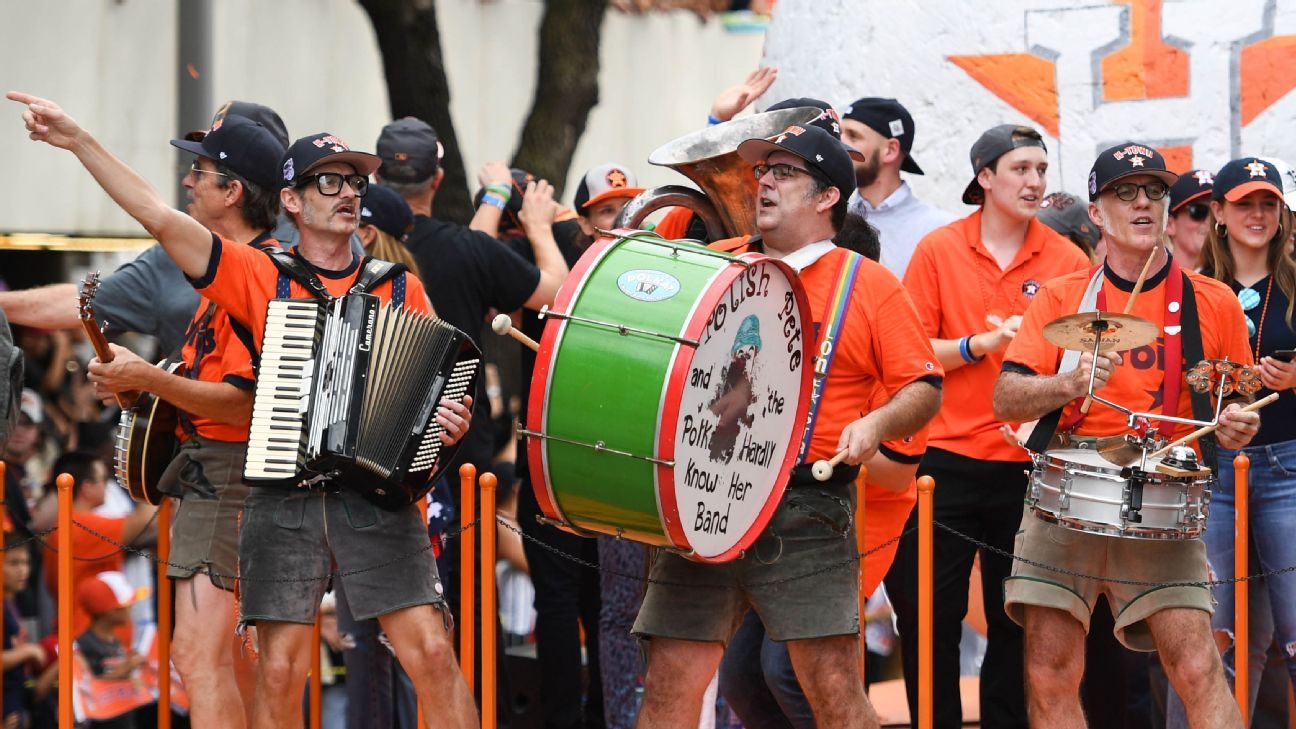
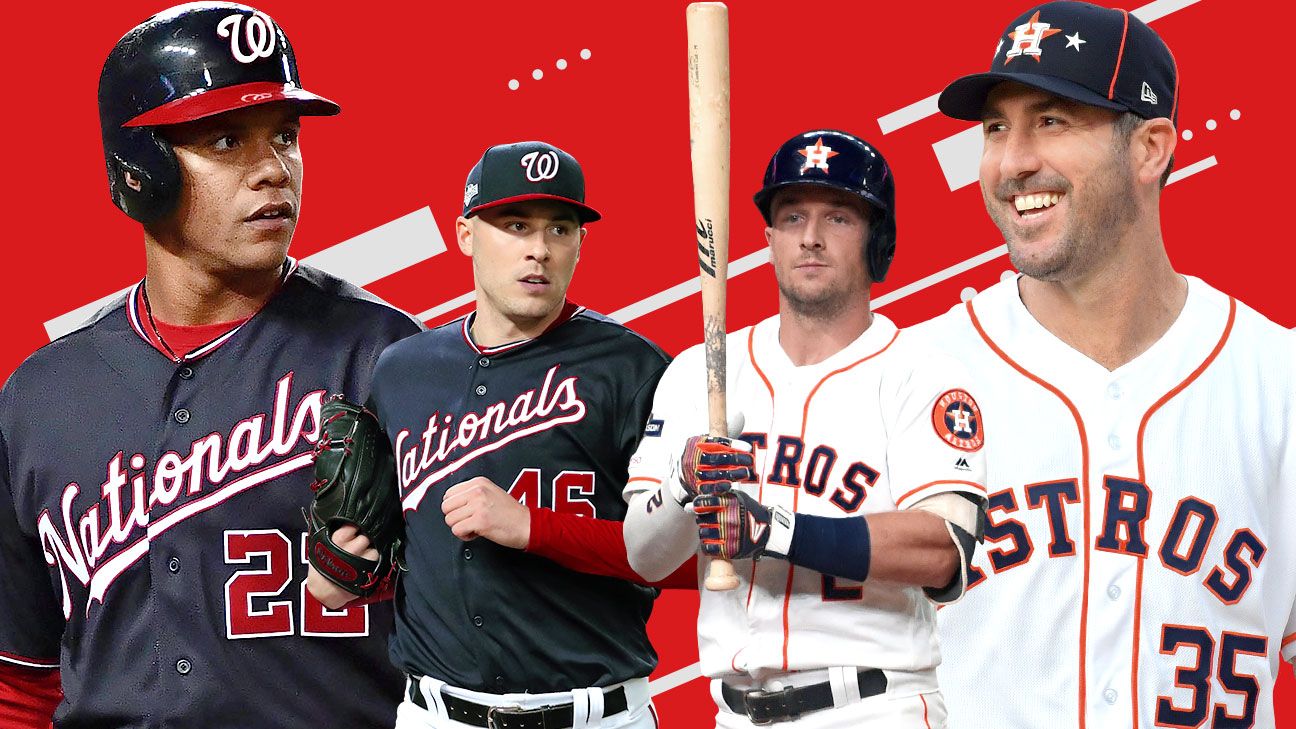

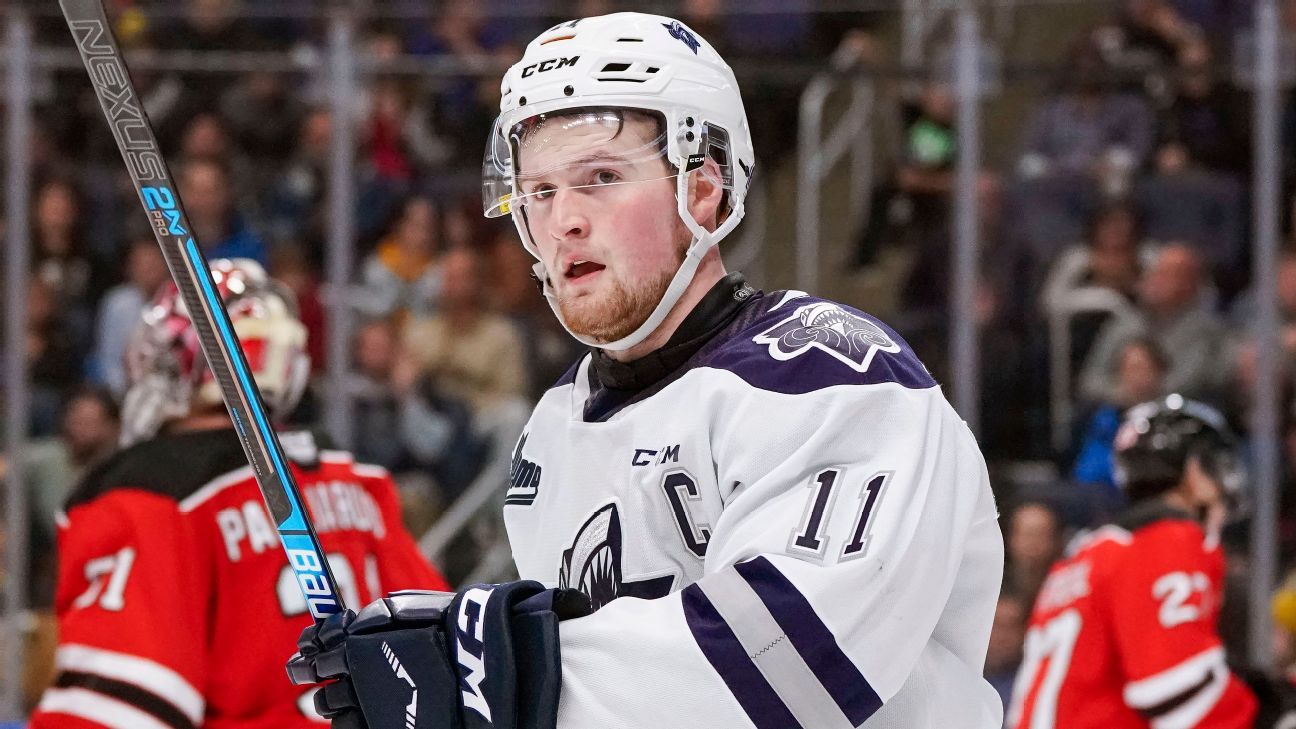


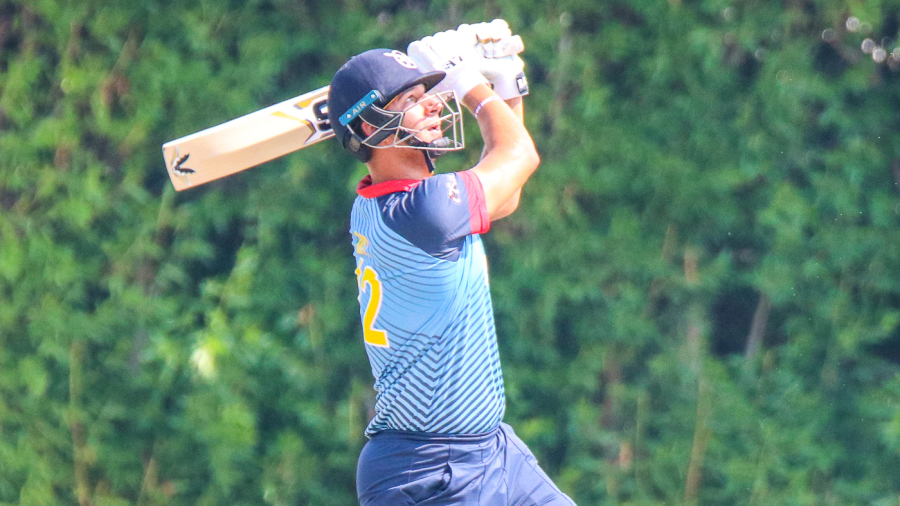
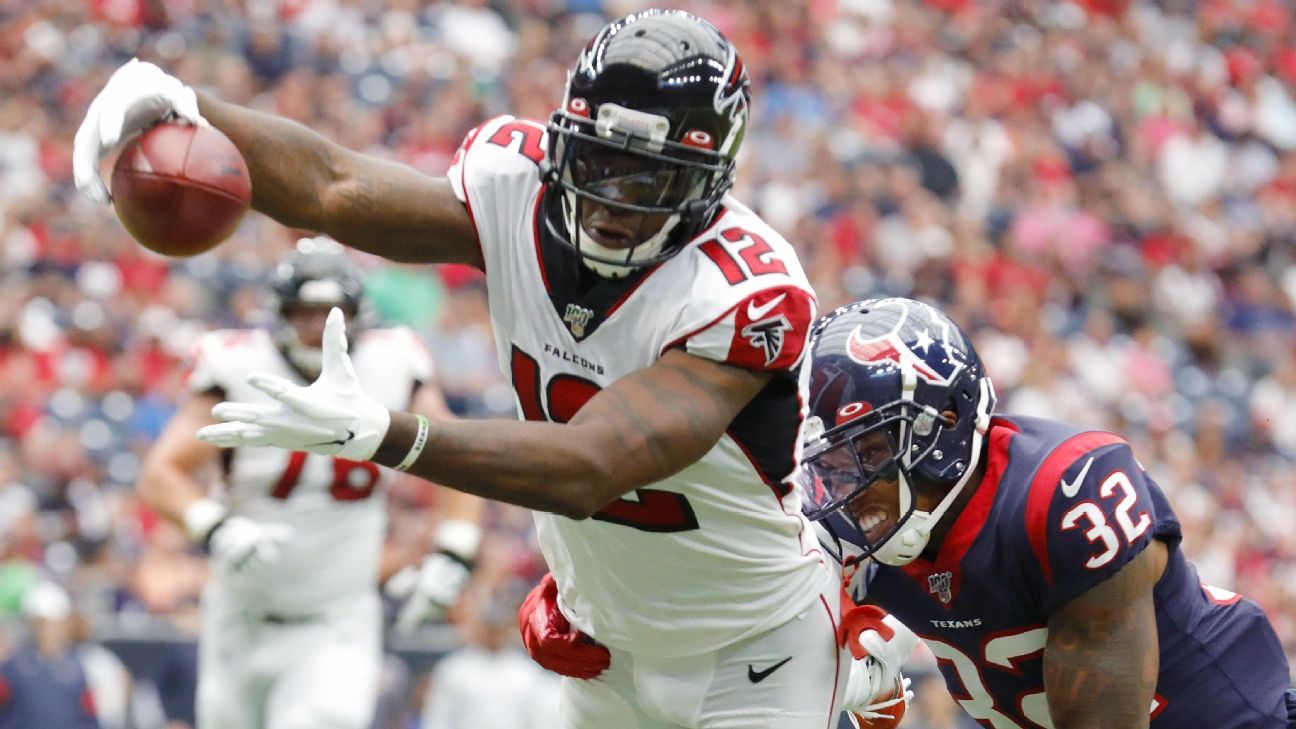

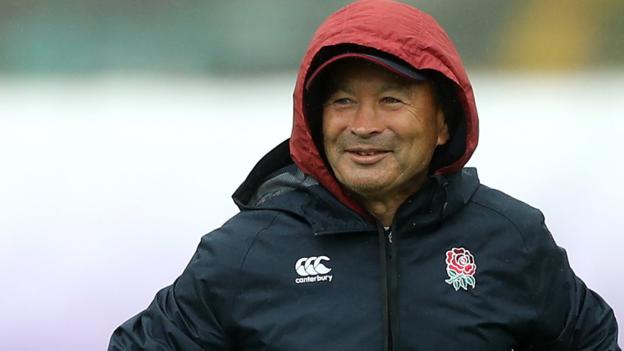













 Phone: (800) 737. 6040
Phone: (800) 737. 6040 Fax: (800) 825 5558
Fax: (800) 825 5558 Website:
Website:  Email:
Email: 






